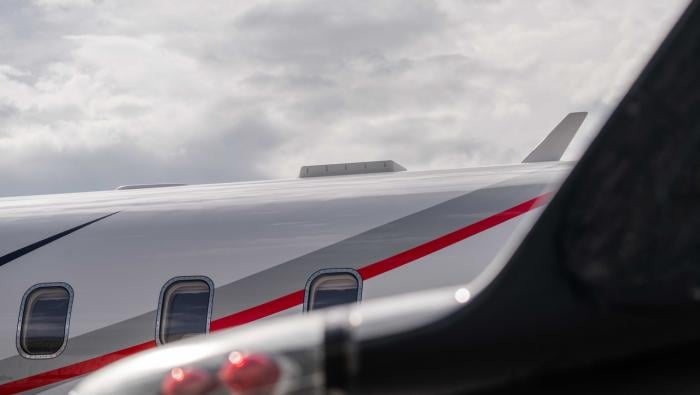Airbus and ST Aerospace have agreed to collaborate on a new passenger-to-freighter (P2F) conversion program for A320 and A321 narrowbodies. Under the terms of the deal, Singapore-based ST Aerospace (Chalet 50) will increase its 35-percent stake in Elbe Flugzeugwerke GmbH (EFW) to 55 percent, making Airbus the minority shareholder in the aerostructures and P2F joint venture.
The deal marks Airbus’s second attempt at an Airbus narrowbody freighter program. An earlier effort to collaborate with Russia’s United Aircraft Corp and Irkut in 2008 collapsed after Airbus deemed it ill-timed and too expensive.
“Sadly, no one was going to buy it for what it would have cost for us to make it,” Airbus COO Tom Williams said at a Paris press conference yesterday. “We had a rather overdesigned solution. That was also combined with the fact that at the time, over five years ago, the residual values of the [A]320 were running against us in terms of finding enough feedstock.”
For this effort, Airbus has decided to take a somewhat less ambitious and pragmatic approach, added Williams, centered on only “critical” aspects of performance. Specifications call for the A320P2F, with eleven main-deck container positions, to carry 21 metric tons of payload over 2,100 nm, while the A321P2F, with 14 main-deck positions, will haul up to 27 metric tons over 1,900 nm. The partners plan to deliver the first airplane in 2018. The deal calls for ST Aero to assume the lead role as it does now on the Airbus A330P2F.
“I think the big difference with ST is that they bring a dimension of saying, ‘what’s the fly-away price of the aircraft going to be? And therefore which are the critical aspects of the specification that we have to deliver?’” explained Williams. “We wouldn’t sell every aircraft in every market, but I think it’s a pragmatic approach to the development of a P2F aircraft with very much a view of what’s the value interest of the customer.”
Appearing with Williams were Airbus CFO Harald Wilhelm and EFW chief executive Andreas Sperl, and ST Aerospace president Serh Ghee Lim. He called the A321P2F a perfect replacement for the conversion of aging Boeing 757s. Sperl forecast demand for more than 600 P2F conversions in the 10- to 30-metric-ton capacity range.
“The rule of thumb says the right age for aircraft conversions is between 15 and 20 years of age,” explained Sperl. “I can tell you, in 2018, which is the year we want to enter this market, we will have more than 550 A320s and almost 200 A321s within that conversion window. So, I can tell you we feel the market is ready for this program.”
Lim added that ST Aerospace expects to perform the conversions, “depending on customer preference,” in any of its four conversion centers in Singapore, Dresden, the U.S. and China. The first prototype will take some nine months to complete, he added, and production examples will take roughly three months.







